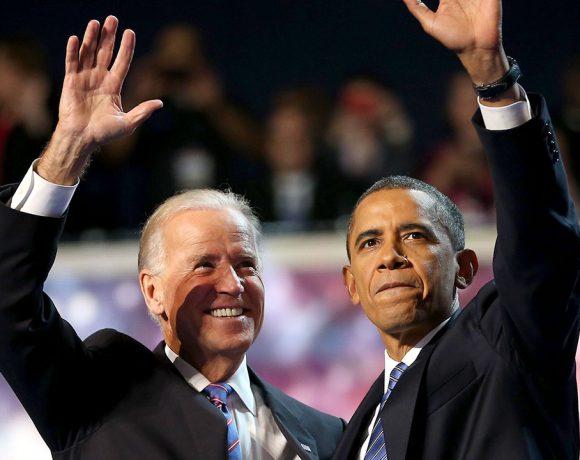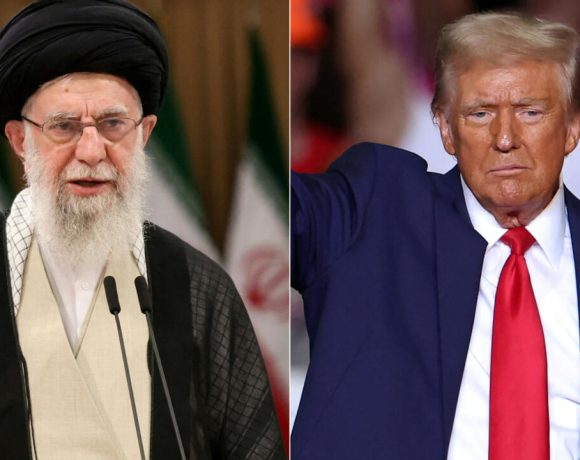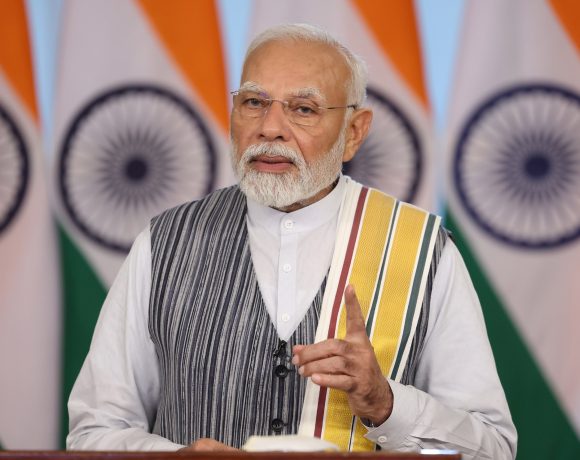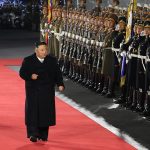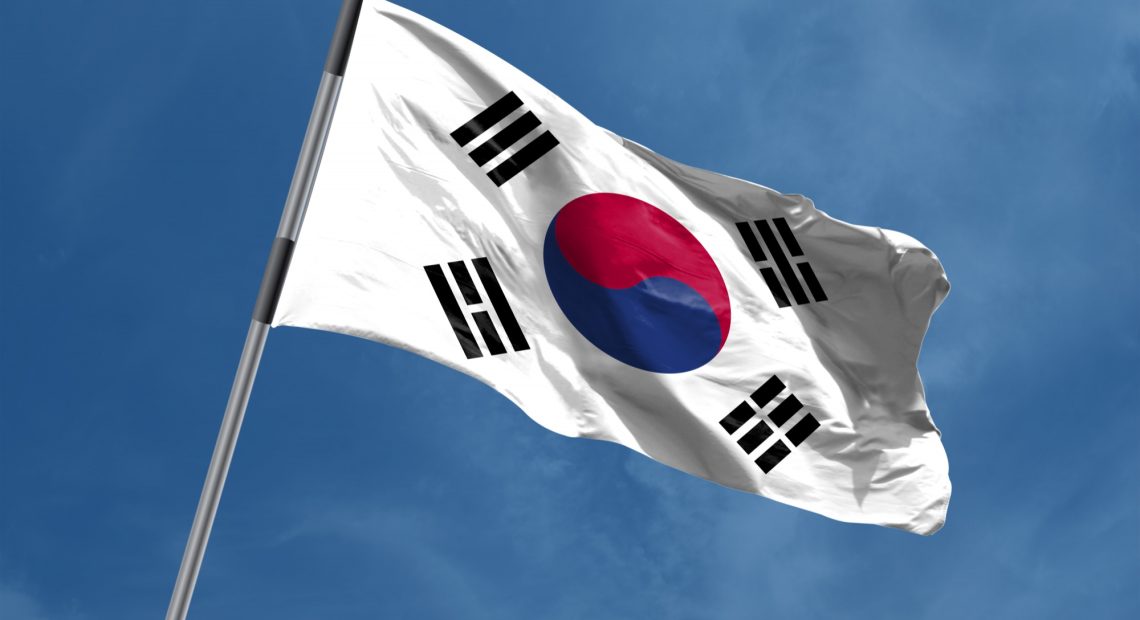
South Korea Protests Chinese Sea Structure in Disputed Waters
South Korea has voiced serious concerns over China’s installation of a new sea structure within a disputed section of the Yellow Sea, known locally as the West Sea. The area falls within the Provisional Maritime Zone—an area where the Exclusive Economic Zones (EEZs) of both countries overlap. The move has triggered renewed tensions as Seoul fears it may be a strategic attempt by Beijing to assert territorial dominance in the region.
The concerns were formally conveyed during a recent maritime dialogue held in Seoul. South Korean officials warned that such unilateral actions could jeopardize the fragile maritime status quo and undermine ongoing efforts to ensure stability in the contested waters.
Chinese representatives, however, dismissed the concerns, claiming the structure was nothing more than fish-farming infrastructure with no relevance to territorial claims. Despite the clarification, the South Korean side has not ruled out proportional countermeasures, with Foreign Minister Cho Tae-yul indicating that responses are being evaluated.
Disputed Zone and Strategic Sensitivities
The Provisional Maritime Zone has long been a contentious flashpoint between South Korea and China due to overlapping maritime claims. South Korea had earlier installed a monitoring platform in the same area to track Chinese activity, especially after multiple incidents involving Chinese coast guard ships and private vessels disrupting South Korean research operations.
These provocations had already raised concerns about China’s growing assertiveness in disputed maritime regions, and the latest development has only added to the unease. Analysts suggest that the recent structure could be part of a broader pattern aimed at normalizing Chinese presence and control over contested maritime zones.
Focus on Diplomatic Dialogue
Despite the flare-up, both countries reaffirmed the need to maintain diplomatic engagement to prevent escalation. The recent maritime dialogue in Seoul featured officials from both foreign ministries discussing mechanisms for stable management of the West Sea, maritime order, and potential areas for constructive cooperation.
The emphasis remains on preventing the issue from spilling over into broader diplomatic fallout. Both sides agreed to continue communications through formal channels and maritime consultation frameworks to avoid miscalculations and maintain peace in the region.
Regional Implications
The latest standoff highlights the complexities of modern maritime diplomacy, particularly in waters where legal interpretations of EEZ boundaries differ. With both China and South Korea asserting their maritime rights, the situation remains tense but cautiously contained through diplomatic engagement.
As similar disputes continue to arise across the Asia-Pacific, the outcome of this episode could set a precedent for how regional actors balance strategic interests with peaceful coexistence. For now, all eyes remain on whether Beijing’s next move will escalate the situation—or whether Seoul’s warning will deter further unilateral actions.


